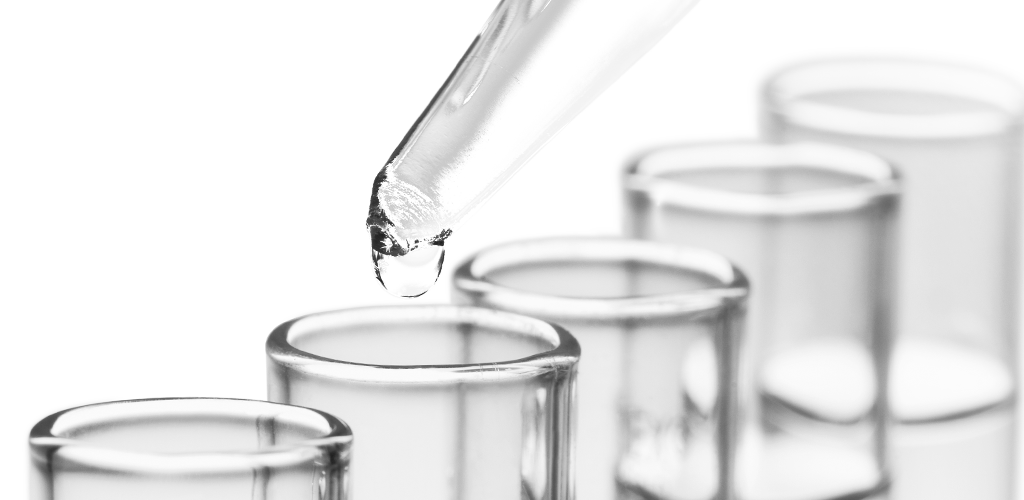Haemophilia
Introduction
Just as for thrombophilia a misbalance in the coagulation system may cause bleeding complications. For the haemophilic diathesis 3 forms are important:
- Von Willebrand-Syndrome
- Haemophilia A, haemophilia B, haemophilia C
- Antibody haemophilia
By hereditary coagulapathies two defects may be distinguished:
- Type-I defect: The corresponding coagulation factor is not synthesized. Functional and immunologic assays verify decreased quantities.
- Type-II defect: The coagulation factor is synthesized in normal concentrations, however, with a structural defect so that immunological assays result in normal values whereas functional assays show decreased activity.
The von-Willebrand-factor
The von-Willebrand-factor is physiologically between the primary and the secondary haemostasis and involved in both processes. It is a high molecular glycoprotein with a maximum molecular weight of 20 million Dalton (compare water: 18 Dalton!) It is constructed by many identical repeating subunits. The synthesis of these subunits takes place in the endothelial cells and the megakaryocytes. For integration the subunits are transported to the Golgi apparatus. The high molecular weight predestines the von-Willebrand-factor as adhesive protein. The molecule has binding sites for collagen, platelet membrane proteins, heparin, factor VIII and thrombin.
The von-Willebrand-factor can bind to collagen fibres that have been exposed by damage. Platelets can thus be adhered to the damaged tissue wall via the binding sites of the permanent platelet membrane glycoproteins. The von-Willebrand-factor thus works as molecular glue that fixates platelets to the damaged tissue wall. Only high molecular forms (large multimers) are capable of attaching sufficiently firm to the exposed endothelium. After platelet adhesion they aggregate and also here does the von-Willebrand-factor play (mainly in the area of high shear rates, e.g. in the arterial flow area) an important role: it serves like fibrinogen as bridging ligand between the individual platelets.
In the plasmatic coagulation the von-Willebrand-factor substantially affects the concentration of FVIII. In circulation factor VIII and von-Willebrand-factor are present as a complex so that on one hand a high concentration of FVIII is ensured on the damaged site and on the other hand the sensitive factor VIII is protected against premature proteolysis.
Principally the von-Willebrand-Syndrome may be categorized in three different principal types:
- Type 1: quantitative defect with normal molecular and multimer structure.
- Type 2: qualitative, structural defect with a number of different subtypes.
- Type 3: quantitative defect where the von-Willebrand-factor is almost completely absent
Haemophilia A, B and C
Haemophilia ("Royal disease") is among the most well known hereditary coagulation diseases.
Haemophilia A is X-chromosomal recessive inherited. This means that (except for two documented cases worldwide) only the male gender is affected with a deficiency in factor VIII.
Haemophilia B is also inherited X-chromosomal recessive and causes a deficiency in factor IX.
Haemophilia C is autosomal recessive inherited and causes a deficiency in factor XI.
Acquired Haemophilia
A certain percentage of the haemophilia patients develop antibodies (IgG or IgM) that are directed against the relevant coagulation factor (alloantibodies). In non-haemophilia patients with recognized acquired haemophilia, antibodies (autoantibodies) against FVIII are observed.

